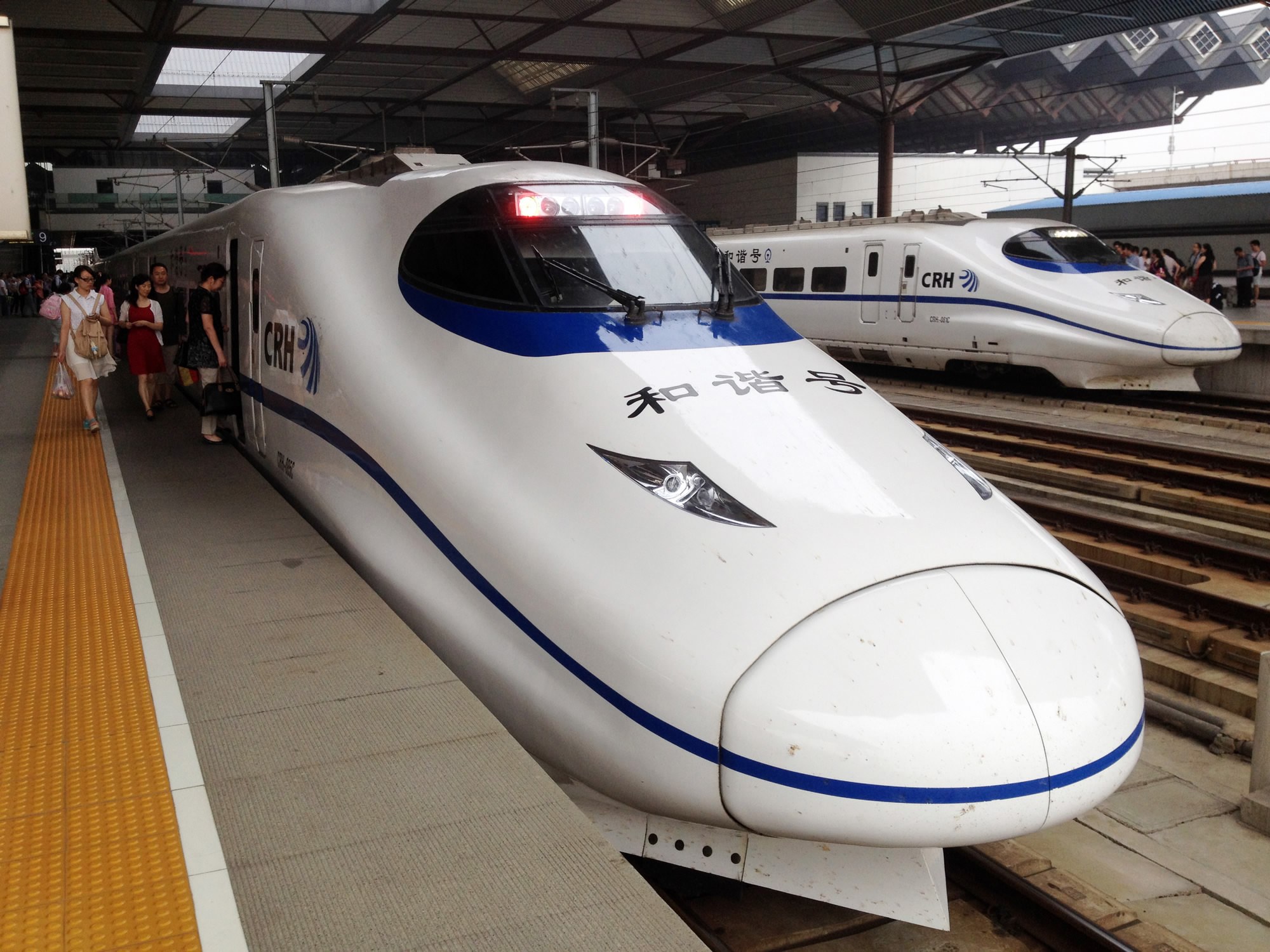China’s high-speed railway will cover 113 cities and over 50 cities will have civil airports by 2020, according to a plan issued by the State Council on Tuesday, which aims to expand the country’s transport network during the 13th Five-year Plan (2016-2020)
By 2020, 80% of the cities with over one million residents will have high-speed rail stations, as new lines will be built, including lines between Beijing and Hong Kong, Beijing and Kunming, Lanzhou and Guangzhou, and railway, highway and civil airports will basically cover cities with over 200,000 residents within the next three years.
By 2015, China has already built 19,000 km high-speed railway covering most capital cities and some cities with more than 500,000 residents.
In 2015, there were 207 civil airports in China. The plan sets a goal to increase the number to 260 and over 50 cities will have civil airports by 2020.
The plan also promises to improve its highway network and speed up the construction of 36 highways.

A high-speed train stops at a station in Suzhou, Jiangsu Province. /CFP Photo
Over the the current five-year-plan, China will build 4.58 million kilometers of road, including 22,000 km highway. And half of the buses in the country will be installed with Electronic Toll Collection (ETC) system, 20% higher than 2015.
The government will also build 150 transport hubs from 2016 to 2020 to shorten the transfer time between different transport means.
Minister of Transport Li Xiaopeng said that the country would channel 15 trillion yuan (2.17 trillion US dollars) into transport infrastructure projects during the five years up to 2020, including 3.5 trillion yuan (0.5 trillion US dollars) for railways, 7.8 trillion yuan (1.1 trillion US dollars) for roads and 500 billion yuan (72.7 billion US dollars) for water transport.
The country's transport investment totaled 13.4 trillion yuan (1.9 trillion US dollars) between 2011 and 2015, about 1.6 times that spent from 2006 to 2010.
(With inputs from Xinhua)









